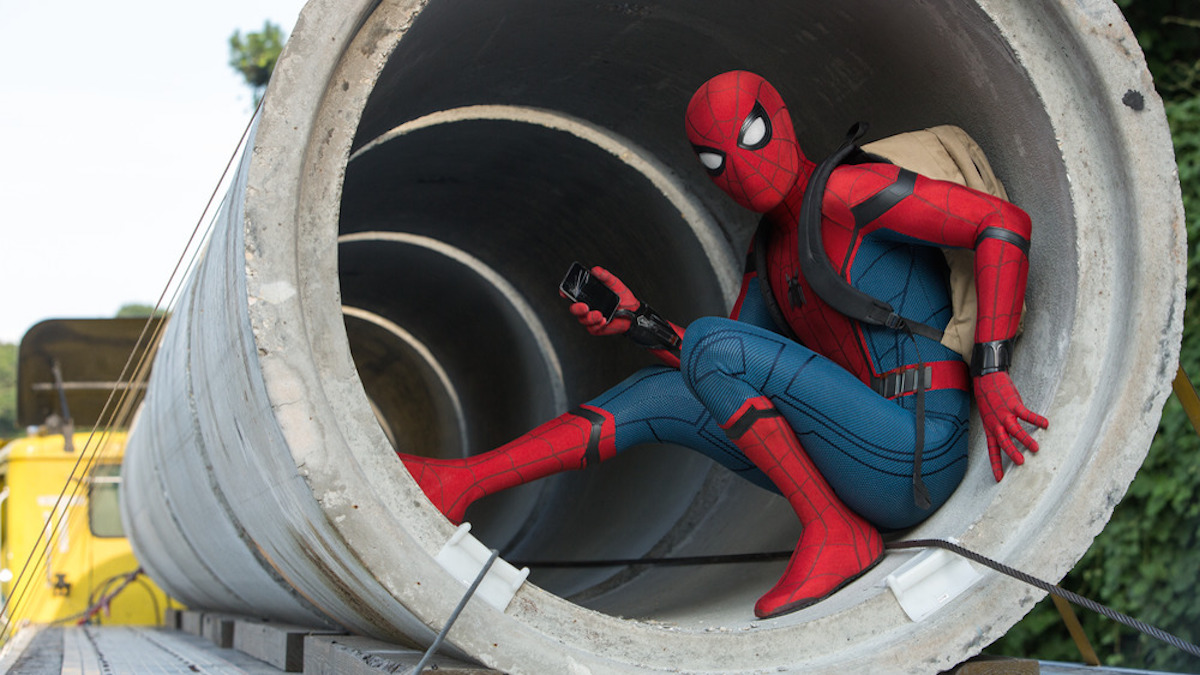You can’t beat a great movie plot twist. It can give an entire story a whole new meaning, expose a hero as the true villain (or vice versa) or reveal something that ends up occupying your mind for hours, days or weeks to come.
Whatever form an unexpected plot twist takes, it has the power to take a movie from good to sensational. Here are some of the best movie moments we never saw coming (and don’t believe anyone who says they did).
Warning: if you haven’t already guessed from the title, there are many spoilers ahead!
‘Gone Girl’ (2014)
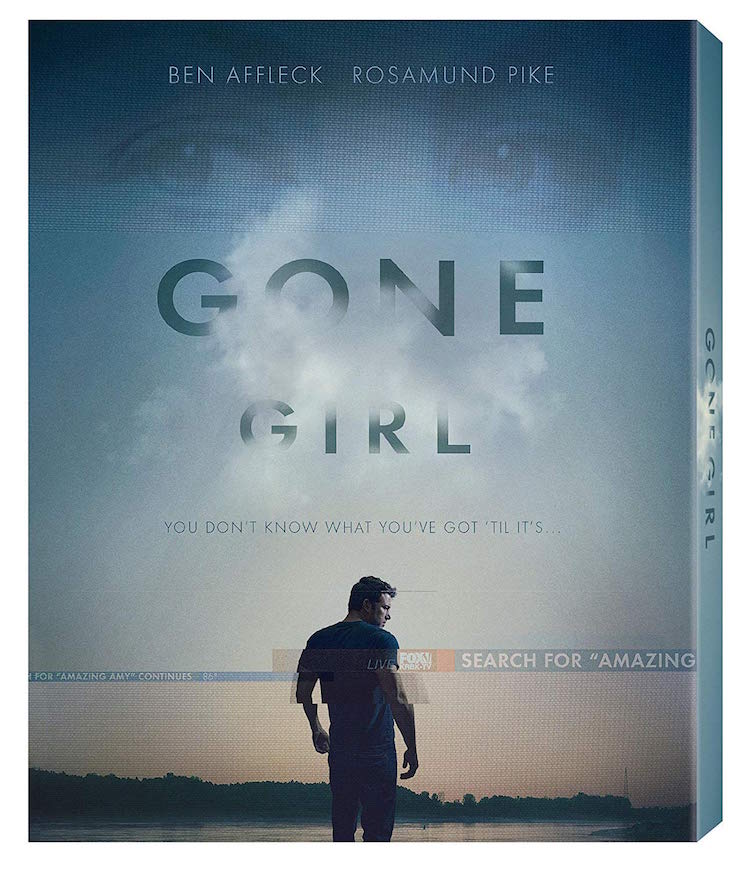
In the ingenious mystery thriller “Gone Girl,” based on Gillian Flynn’s best-selling novel, the plot twist comes halfway through. Missing Amy Dunne (Rosamund Pike) hasn’t actually been abducted — she faked the whole thing to frame her husband Nick (Ben Affleck) in an elaborate act of revenge for his extramarital affair. Amy’s ruse comes as a shock to anyone who hasn’t read the book beforehand.
‘The Departed’ (2006)
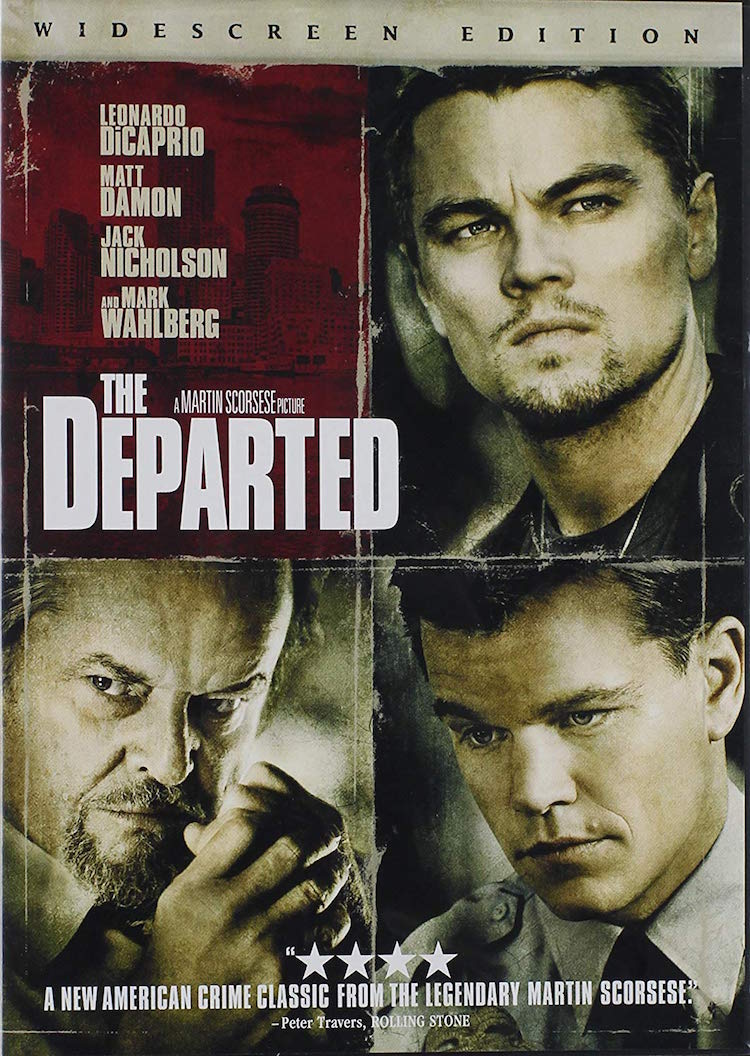
The drama “The Departed,” directed by Martin Scorsese, is a cat-and-mouse game between criminal and police mole Colin Sullivan (Matt Damon) and undercover state trooper Billy Costigan (Leonardo DiCaprio). The jaw-dropping twist comes right at the end: Sullivan kills Costigan and thinks he got away with it, only for Costigan’s fellow cop Sean Dignam (Mark Wahlberg) to then kill Sullivan. Yup. They both end up dead.
‘Atonement’ (2007)

The audience knows from the beginning of “Atonement” that Briony Tallis (Saoirse Ronan) lied about the housekeeper Robbie (James McAvoy) assaulting her cousin Lola. Why’d she do it? She was motivated by her jealousy over his relationship with her older sister, Cecilia (Keira Knightley). What the audience doesn’t know until the end is that Cecilia and Robbie are never reunited; those scenes in the film are from a book Briony has written to assuage her guilt. The truth is that there was no happy ever after for Cecilia and Robbie — she was killed in the London bombings and he died in the line of duty.
‘The Usual Suspects’ (1995)
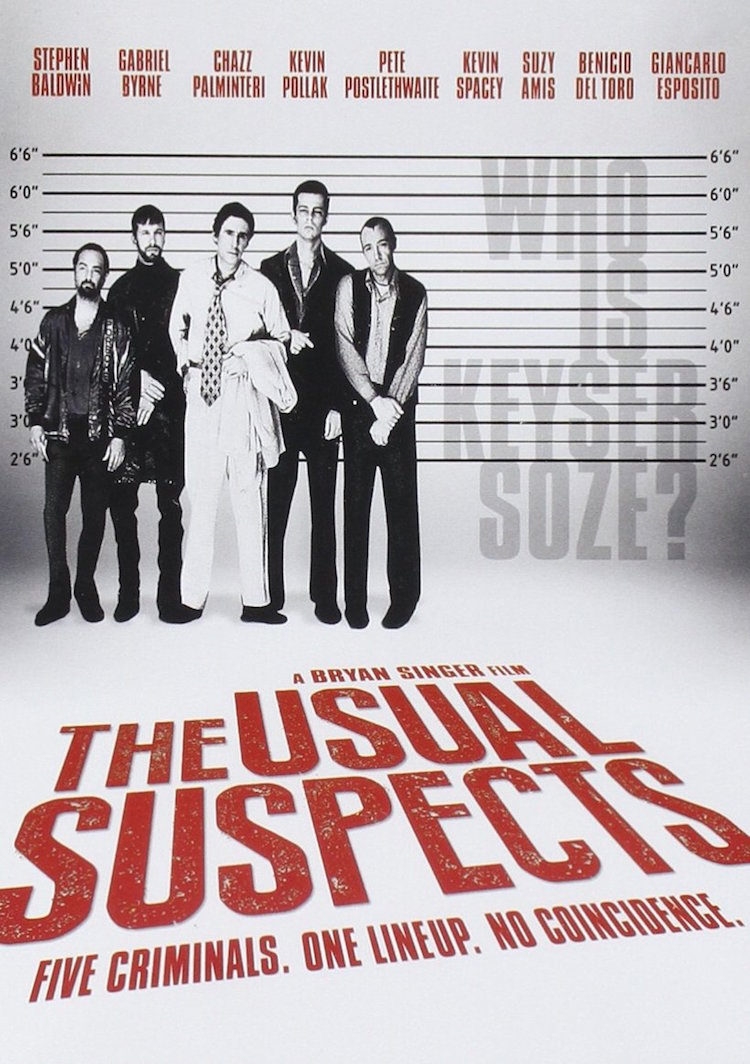
When five criminals, including con man Verbal Kint (Kevin Spacey), are falsely accused of a truck-hijacking by the police, they plan a jewel heist to get revenge. A few weeks later, Kint is one of only two survivors on a burning ship full of dead bodies, and he tells the police the convoluted tale of how he got there. After revealing that the notorious criminal mastermind Keyser Söze is responsible for the entire thing, Kint eventually walks free. Moments later, detectives realize he was lying. Keyser Söze and Verbal Kint are the same person.
‘Psycho’ (1960)
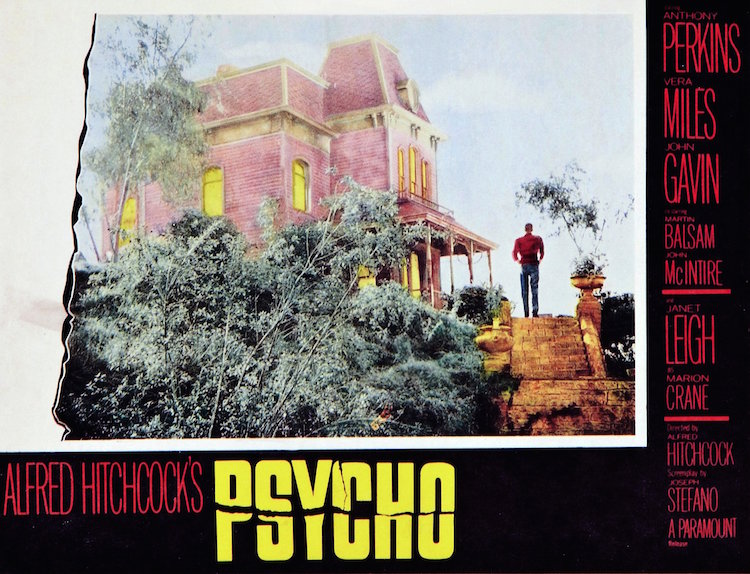
Alfred Hitchcock’s classic horror movie “Psycho” appears to be about a theft carried out by Marion Crane (Janet Leigh), but the truth is a lot more sinister. While on the run, Crane arrives at a motel owned by Norman Bates (Anthony Perkins) and is murdered by Bates’ ill mother. But the twist is that Bates killed his mother years ago and then developed a split personality. It’s actually Norman who kills Crane.
‘The Empire Strikes Back’ (1980)

At the start of “The Empire Strikes Back,” the second part of the original Star Wars trilogy, Luke Skywalker (Mark Hamill) knows he was adopted, but he doesn’t know anything about his biological family. Things are way different by the end of the movie when Skywalker makes a shocking discovery: His biological dad is none other than the evil Sith Lord himself, Darth Vader.
‘Se7en’ (1995)
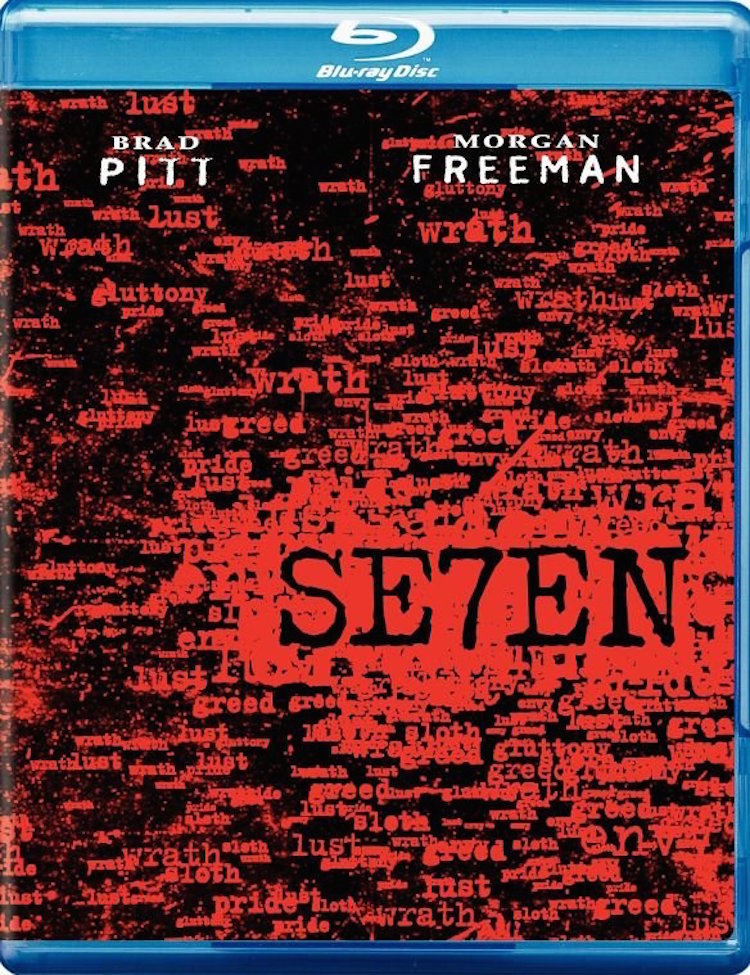
“Se7en” follows the hunt for serial killer John Doe (Kevin Spacey) who’s chosen the seven deadly sins as the theme for his murders. At the end of the movie, Doe lures detective David Mills (Brad Pitt) and retired investigator William Somerset (Morgan Freeman) into the desert on the promise of divulging his final two victims. We learn that Doe has killed Mills’ wife Tracy (Gwyneth Paltrow) as a result of envy; this prompts Mills to shoot and kill Doe, committing the seventh and final murder (wrath).
‘Primal Fear’ (1996)
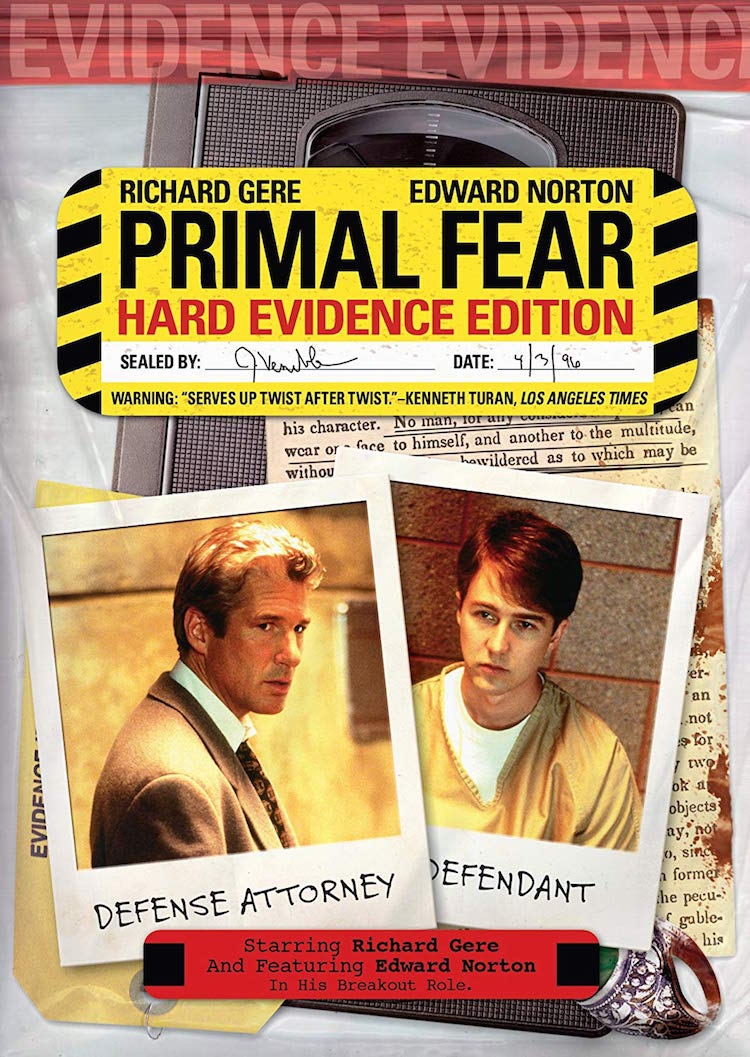
Chicago defense attorney Martin Vail (Richard Gere) believes that his pro bono client, stuttering altar boy Aaron Stampler (Edward Norton), is not guilty of murdering the popular Archbishop Rushman (Stanley Anderson). During Vail’s preparation for the trial, Stampler is diagnosed with dissociative identity disorder, caused by years of abuse; this is key to him being found not guilty by reason of insanity. The twist is revealed at the very end of the movie: He drops his stutter and reveals his guilt, much to Vail’s horror.
‘The Game’ (1997)
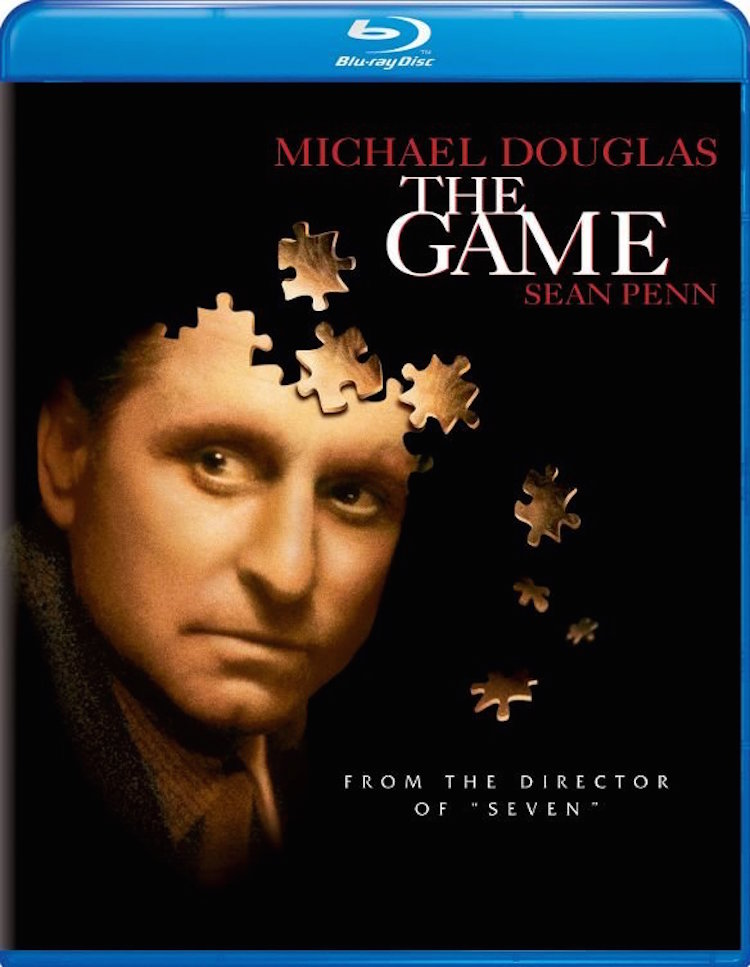
Basically the entire plot of “The Game,” starring Michael Douglas as wealthy investment banker Nicholas Van Orton, is a ruse. Van Orton takes part in a twisted “game” that culminates in him accidentally killing his brother Conrad (Sean Penn), and then attempting to take his own life. However, it turns out that the game really was a game, set up by Conrad, who wasn’t killed at all and wanted Van Orton to learn to appreciate life.
‘Fallen’ (1998)

Supernatural detective thriller “Fallen” tells the tale of Philadelphia detective John Hobbes (Denzel Washington), who’s on the hunt for a copycat killer, later revealed to be a fallen angel (Azazel) who moves from body to body to target his victims. In the film’s opening scene, Hobbes’ voiceover says he almost died during the ordeal, but what we don’t know until much later is that he’s possessed by Azazel at the time, meaning it’s the killer who almost died. Hobbes, on the other hand, does kick the bucket.
‘The Sixth Sense’ (1999)
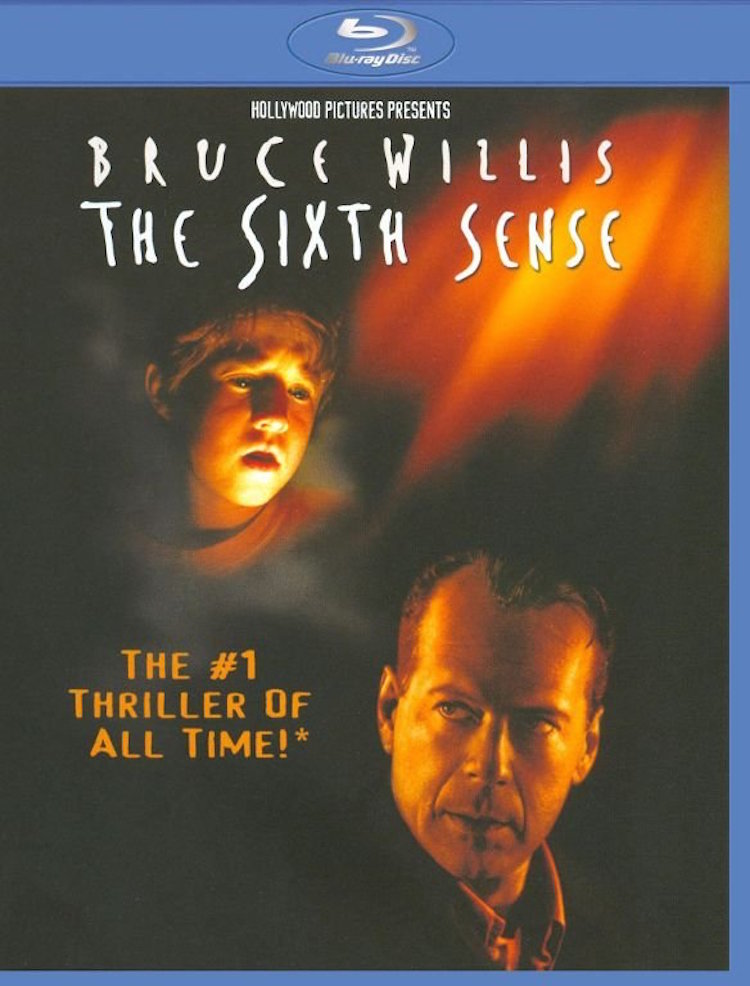
Child psychologist Malcolm Crowe (Bruce Willis) tries to find out why young Cole Sear (Haley Joel Osment) can “see dead people”; his supernatural ability to see and talk to ghosts is causing his mother to worry about his lack of social skills. The twist is that Crowe is one of the dead people Sear can see and talk to — he was killed during the robbery featured in the movie’s opening scene.
‘The Others’ (2001)
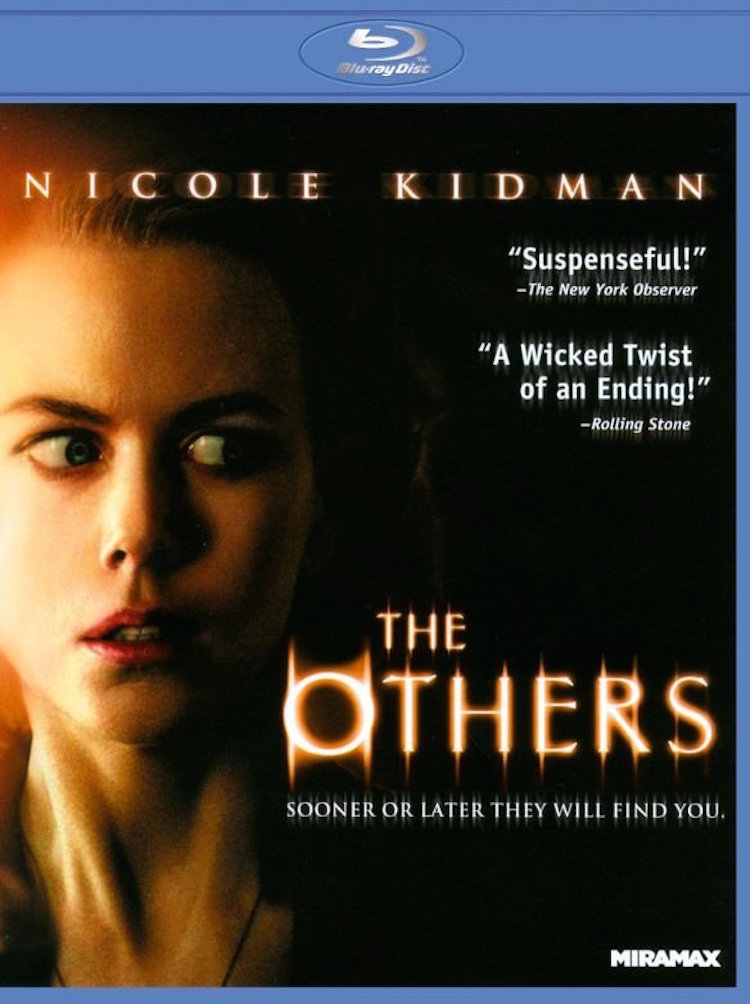
A common plot twist is when people who seem alive turn out to be dead; “The Others” is one of many in this group. Nicole Kidman plays Grace, a mother who believes her Victorian mansion is haunted and tries to protect her kids from the ghouls. It turns out that it’s actually Grace and her kids who are the ghosts — and to make it even more chilling, she had killed the children before turning the gun on herself after learning of the presumed death of her husband in World War II.
‘The Village’ (2004)
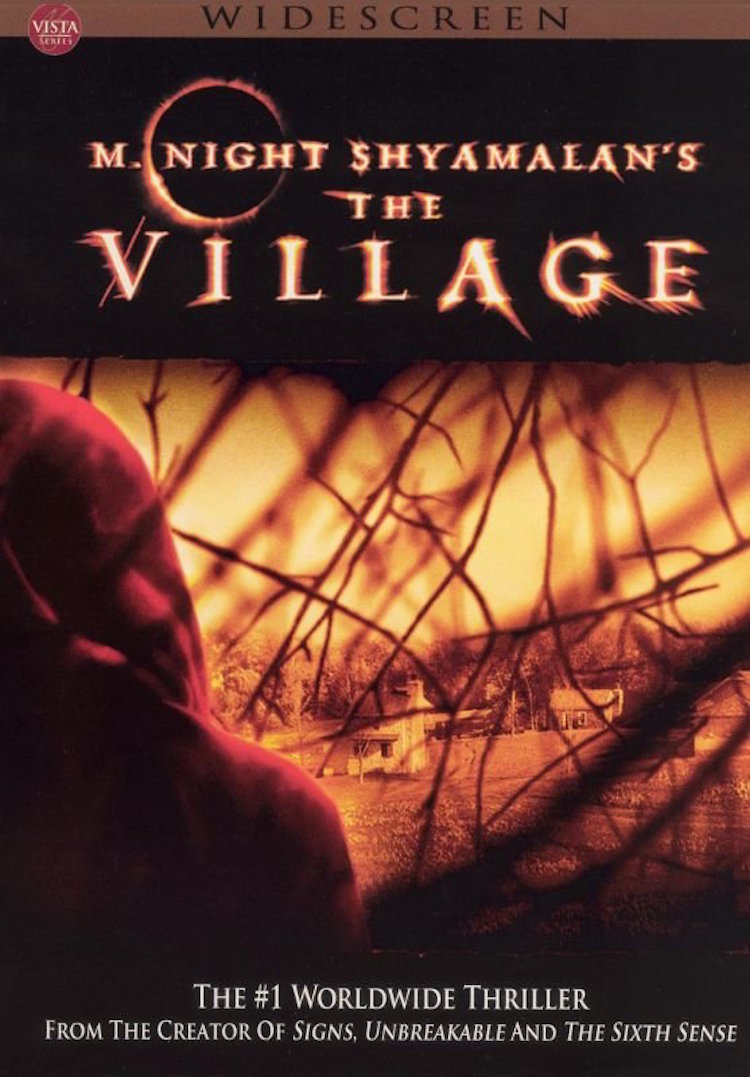
Psychological thriller “The Village” is set in the rural village of Covington in the 19th century — or is it? This movie’s twist is that it’s actually the present day. When one of the villagers, Ivy Walker (Bryce Dallas Howard), braves the “monsters” in the surrounding woods to try to get medicine for her ill husband, we learn that Covington was created in the 1970s by a group trying to protect themselves from the modern world.
‘Gone Baby Gone’ (2007)
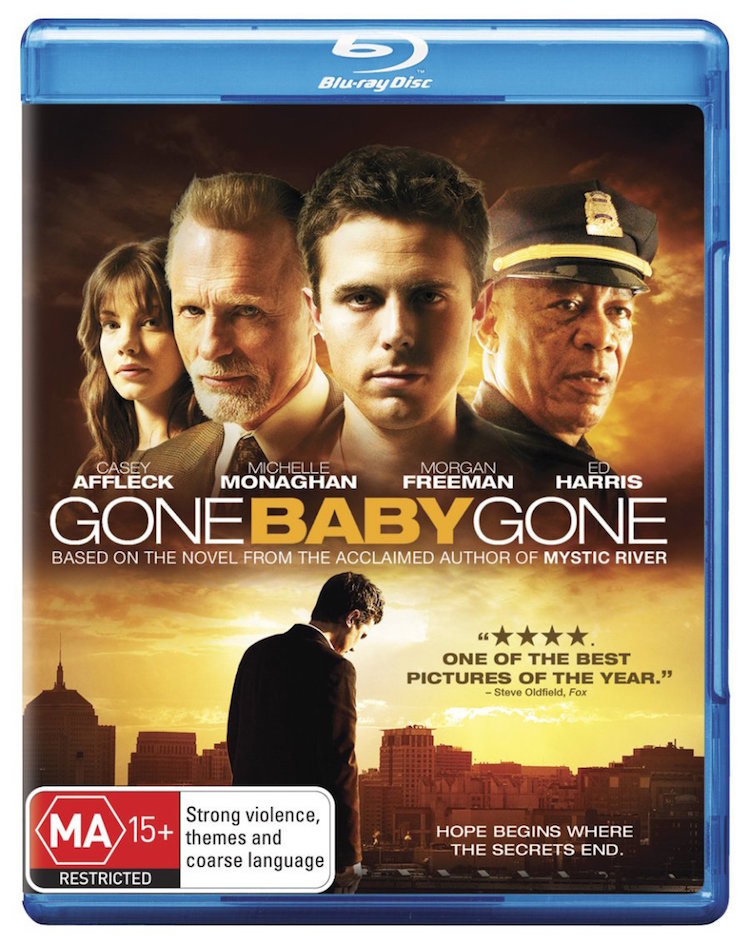
Two Boston private investigators, Patrick Kenzie (Casey Affleck) and Angie Gennaro (Michelle Monaghan), investigate the abduction of a 3-year-old girl named Amanda, getting into some pretty dangerous situations along the way and locking horns with police captain Jack Doyle (Morgan Freeman). Kenzie and Gennaro succeed in finding Amanda, but in a surprising place: Doyle’s home. He was part of the kidnapping ring all along and has been trying to throw the detectives off the scent.
‘The Prestige’ (2006)
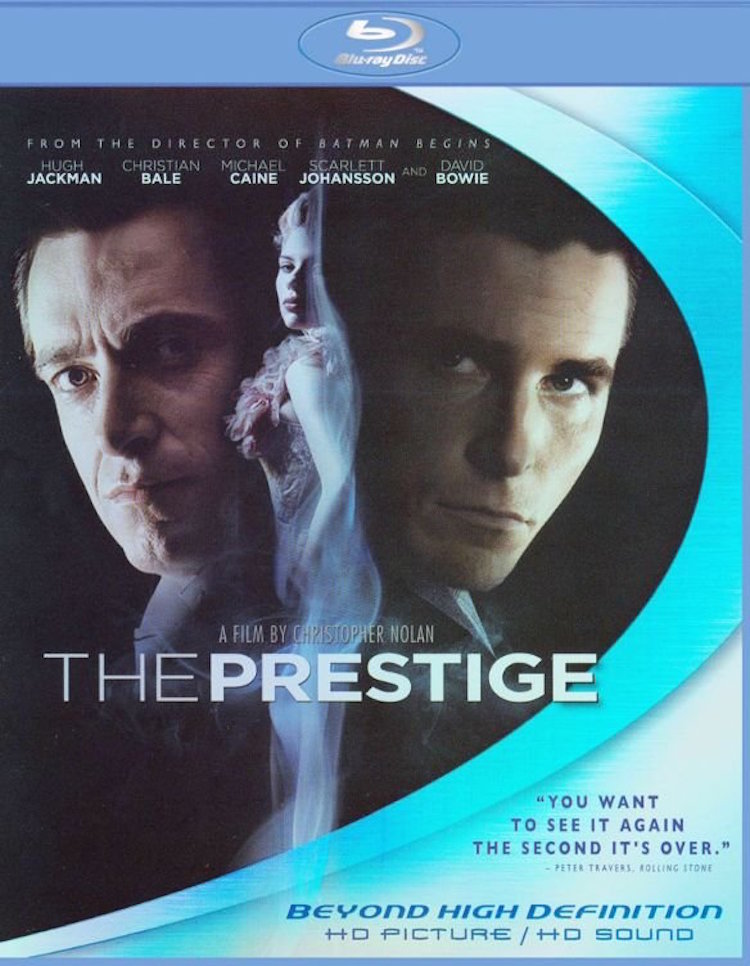
At the heart of the period thriller “The Prestige,” set in Edwardian London, is a rivalry between two former magic partners, Alfred Borden (Christian Bale) and Rupert Angier (Hugh Jackman), following the tragic death of Angier’s wife — their assistant — during one of their shows. It later emerges that Fallon, the bearded carer of Borden’s children (also played by Bale), is actually his twin, and that Angier plagiarises Borden’s tricks by cloning himself and killing off his clones after the trick is complete.
‘Arrival’ (2016)
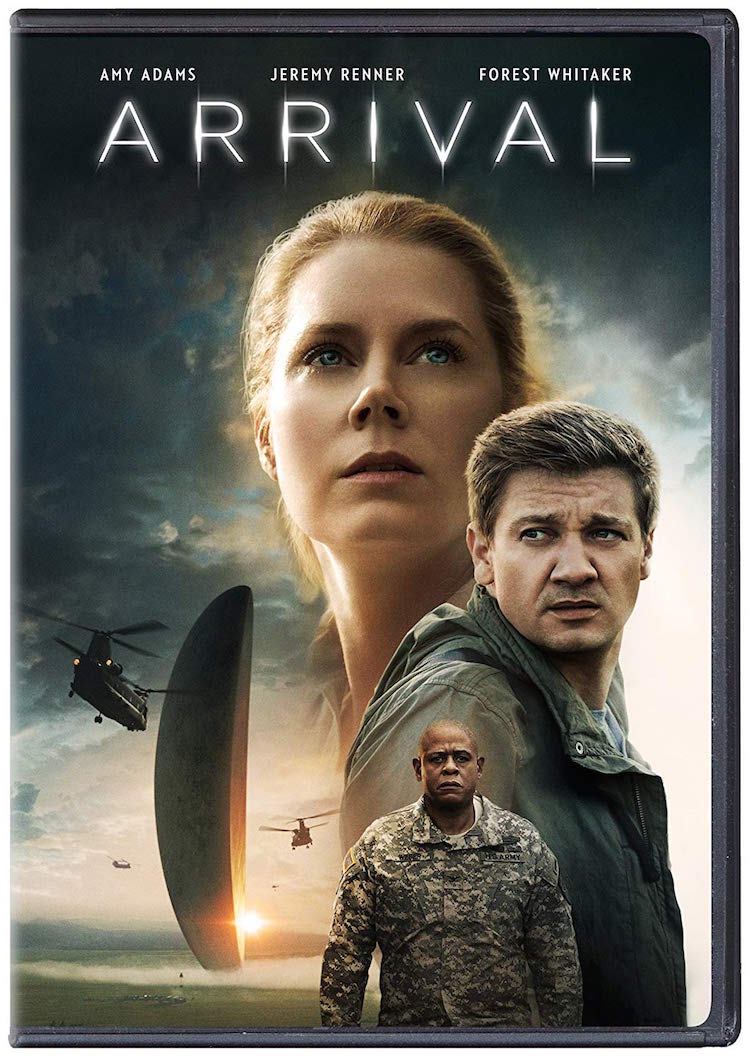
As a linguistics professor tasked with finding out why a group of alien vessels has arrived in the world, Louise Banks (Amy Adams) has to learn the extraterrestrial language and then help the aliens learn English. Throughout the movie, we learn — through what appears to be flashbacks — that Banks’ teenage daughter died of cancer. However, the end of the movie reveals that they aren’t flashbacks at all but flash-forwards: Banks’ daughter is yet to be born.
‘Million Dollar Baby’ (2004)
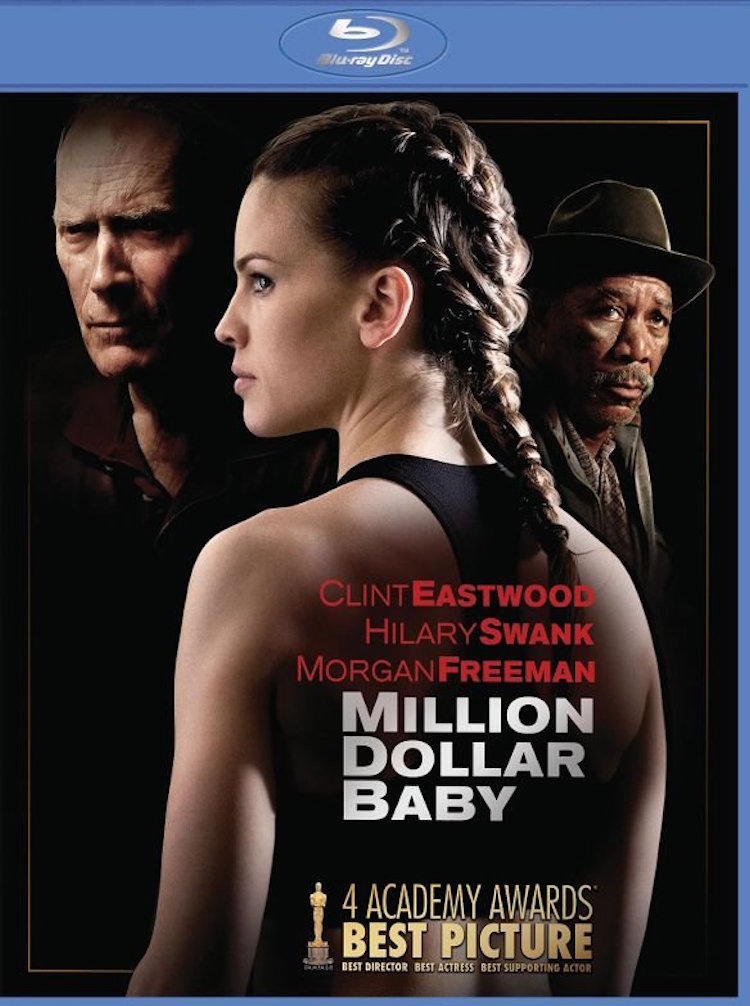
An unexpected plot twist takes place about two-thirds of the way through boxing drama “Million Dollar Baby.” After months of training and guidance from Frankie Dunn (Clint Eastwood), Missouri Ozarks waitress Maggie Fitzgerald (Hilary Swank) has won several pro bouts and is fighting for the WBA welterweight title of the world. But she doesn’t win the fight; she’s knocked out by a punch from behind and wakes up in the hospital, paralyzed from the neck down. Rather than end the movie a triumphant world boxing champion, Fitzgerald ends up dead. She asks Dunn to help her die, and he does.
‘Get Out’ (2017)
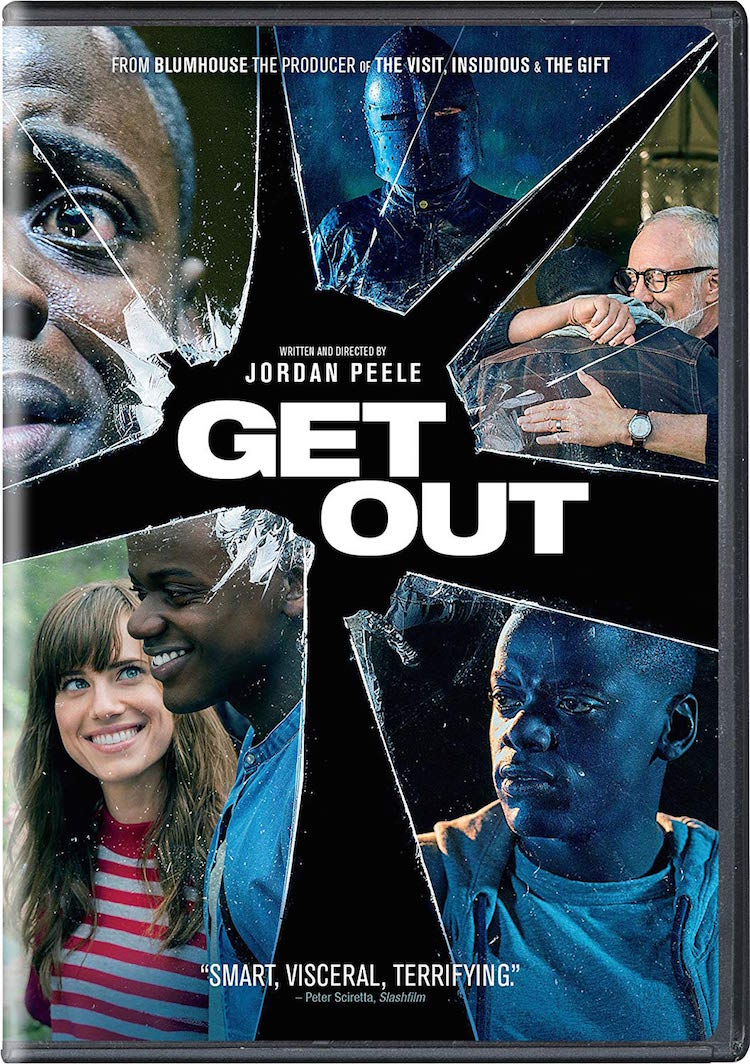
In the horror film “Get Out,” Rose (Allison Williams) brings her boyfriend Chris (Daniel Kaluuya) home for the weekend to meet her family. No big deal, except Rose is white and Chris is black, and the family harbors a dark secret: They are part of an evil society that implants the brains of aging relatives into the bodies of younger black people. But this isn’t the only twist. It turns out that Rose is in on the conspiracy. When Chris comes across photos of black men with whom she’s had previous relationships (she previously told him he’s the first black guy she ever dated), he realizes that she lured them all to her cult-like family home to form part of the treacherous experiment.
‘Iron Man 3’ (2013)
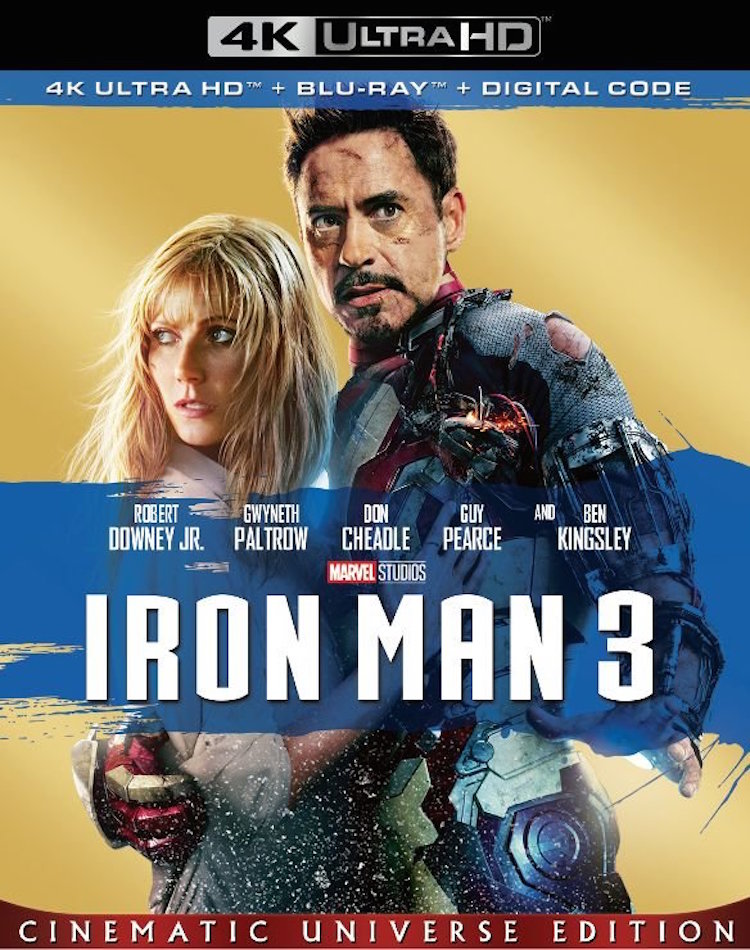
The unwitting audience is set up for the “Iron Man 3” twist long before the opening credits roll. All the trailers for the movie showed Ben Kingsley as the evil terrorist named the Mandarin, with early reviews hailing him as one of the all-time best adversaries for Tony Stark (Robert Downey Jr.). But Kingsley doesn’t play a villain at all; he plays Trevor Slattery, a drunk British wannabe actor who assumed the role of the Mandarin for the camera. It turns out that mad scientist Aldrich Killian (Guy Pearce, who received barely any praise in reviews) is the main offender. This particular plot twist was a controversial one — fans were torn over Marvel’s decision to reinvent a classic character — but it was certainly unexpected.
‘Saw’ (2004)
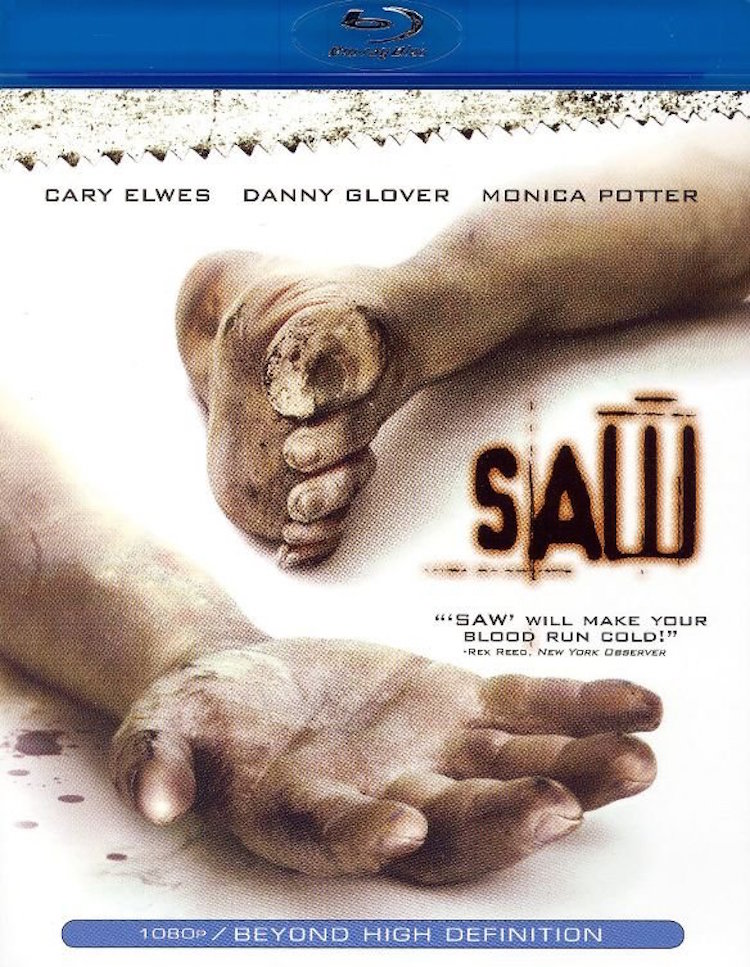
The entire “Saw” franchise is packed full of plot twists, but the best of them all is the one at the end of the first installment — because it’s completely unexpected. Photographer Adam (Leigh Whannell) manages to overpower and kill Zep (Michael Emerson) whom he — and we — presumed was his captor, the Jigsaw killer. But Adam then discovers Zep was actually another victim who was following the killer’s rules to get an antidote for the slow-acting poison that was injected into his body. At this point, the “corpse” in the middle of the room stands up and reveals himself as the true Jigsaw killer.
‘The Wicker Man’ (1973)
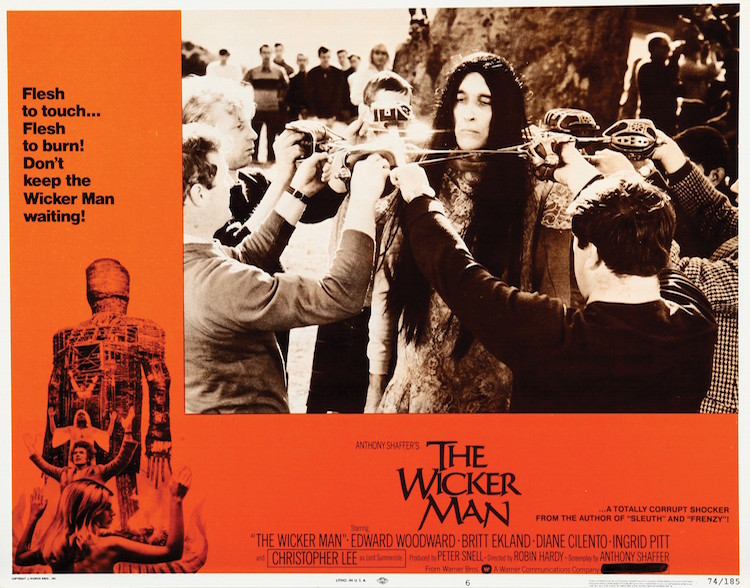
The original 1973 version of “The Wicker Man” is considered a cult classic and its plot twist is one of the most iconic in movie history. When virginal Christian police sergeant Howie (Edward Woodward) is sent to the remote island of Summerisle to investigate a missing girl, he finds himself in a strange Pagan world full of phallic imagery and sexual shenanigans, led by Lord Summerisle (Christopher Lee). Howie eventually finds the missing girl and tries to help her get to safety — but she was never actually missing. It was all a hoax to lure Howie to the island as a sacrifice to the Pagan Sun God.
‘Shutter Island’ (2010)

“Shutter Island” follows U.S. Marshal Teddy Daniels (Leonardo DiCaprio) and his partner Chuck Aule (Mark Ruffalo) as they try to find escaped killer Rachel Solando, who drowned her three children at the Ashecliffe Hospital for the Criminally Insane on a mysterious island in Boston Harbor. But Daniels is actually a patient at the center named Andrew Laeddis, who murdered his wife Rachel after she killed their three children. Aule is Laeddis’ doctor, and the “search” for Solando is part of a treatment plan to unearth Laeddis’ repressed memories.
‘Spider-Man: Homecoming’ (2017)

The biggest threat in “Spider-Man: Homecoming” is Adrian Toomes, a.k.a. The Vulture (Michael Keaton), a powerful adversary to newbie spidey Peter Parker (Tom Holland). When Parker goes to his school’s homecoming dance, he shows up at his date Liz’s house and is shocked to come face to face with The Vulture — he’s Liz’s father, and a huge, villainous obstacle in Parker’s plan to keep his “normal” day life separate from his crime-fighting nighttime life.
‘Unbreakable’ (2000)
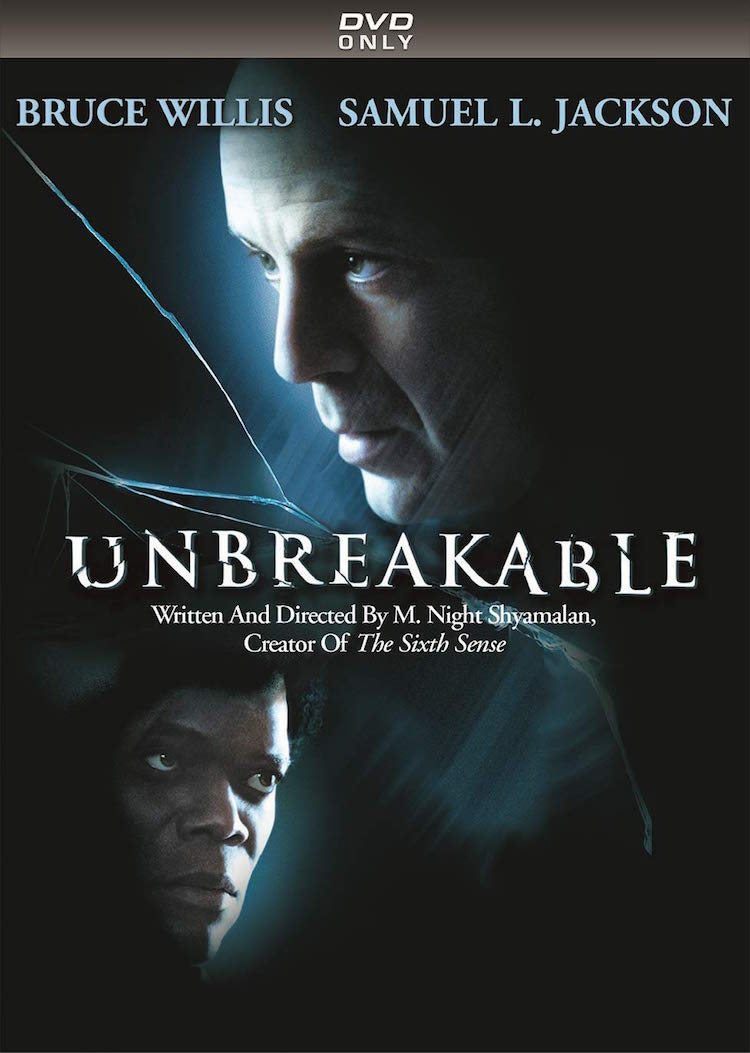
When David Dunn (Bruce Willis) survives a train crash that leaves 130 passengers dead, he wonders if he might have special powers. With the help of comic book store owner Elijah Price (Samuel L. Jackson), Dunn discovers that he does, in fact, have the ability to see the criminal acts of everyone he comes into contact with. But it’s not until the end of the film, when the two men shake hands, that Dunn sees that Elijah (as “Mr. Glass”) is the biggest criminal of them all, and the mastermind behind the train crash Dunn survived, as well as several other terrorist attacks.
‘The Visit’ (2015)
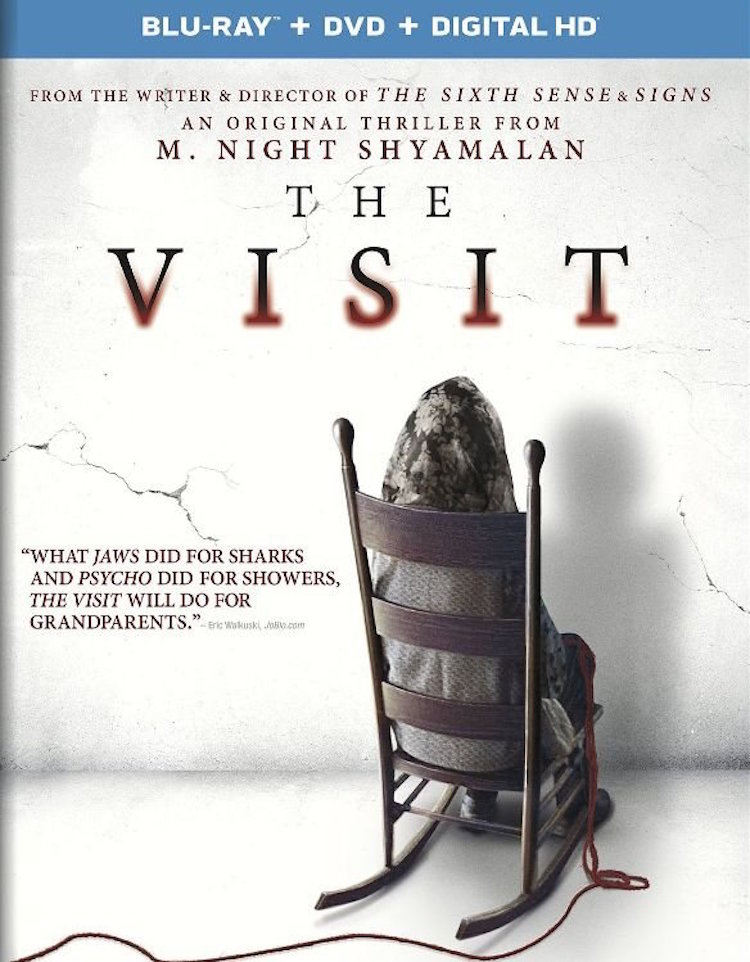
Single mom Loretta Jamison (Kathryn Hahn) hasn’t seen or spoken to her parents in almost 20 years, but in an attempt to heal the rift (and get some time alone with her new boyfriend), she sends her kids Becca (Olivia DeJonge) and Tyler (Ed Oxenbould) to stay with Nana (Deanna Dunagan) and Pop Pop (Peter McRobbie). It’s all happy families until Mom Skypes her kids during their visit and sees her parents in the background. It’s not her parents at all, but two psychiatric home patients who murdered the couple and have taken up residence in their home.
Sponsored Content

